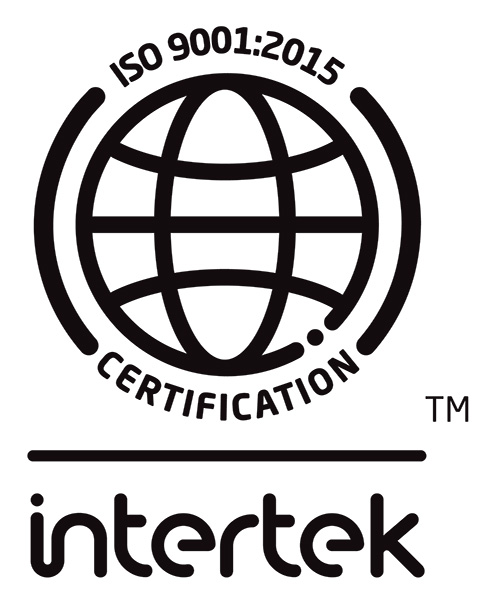Tetracyclines are a class of antibiotic that originate from Streptomyces spp. There are numerous members of the tetracycline family; those still commonly in clinical use as antmicrobials in Canada include tetracycline, doxycycline, and minocycline. Tigecycline is a glycylcycline, a separate class that is a derivative of the tetracyclines.
Mechanism of Action
Tetracyclines inhibit protein synthesis by binding to the 30S subunit of the bacterial ribosome. This interaction occurs at a specific location on the subunit, and is reversible. After the drug binds, aminoacyl-tRNA complexes can no longer bind to the acceptor site, and the elongation of the synthesized polypeptide chain is thus halted.(1) This effect is considered bacteriostatic.
For the tetracyclines to enter the bacterial cell in order to access their targets, the drug molecules must first cross the plasma membrane, which occurs through a pH-dependent process but without a transporter protein.(2) In gram negative bacteria, this is complicated even earlier by the outer membrane. To cross this barrier, tetracyclines utilize the porin proteins, particularly OmpC and OmpF.




